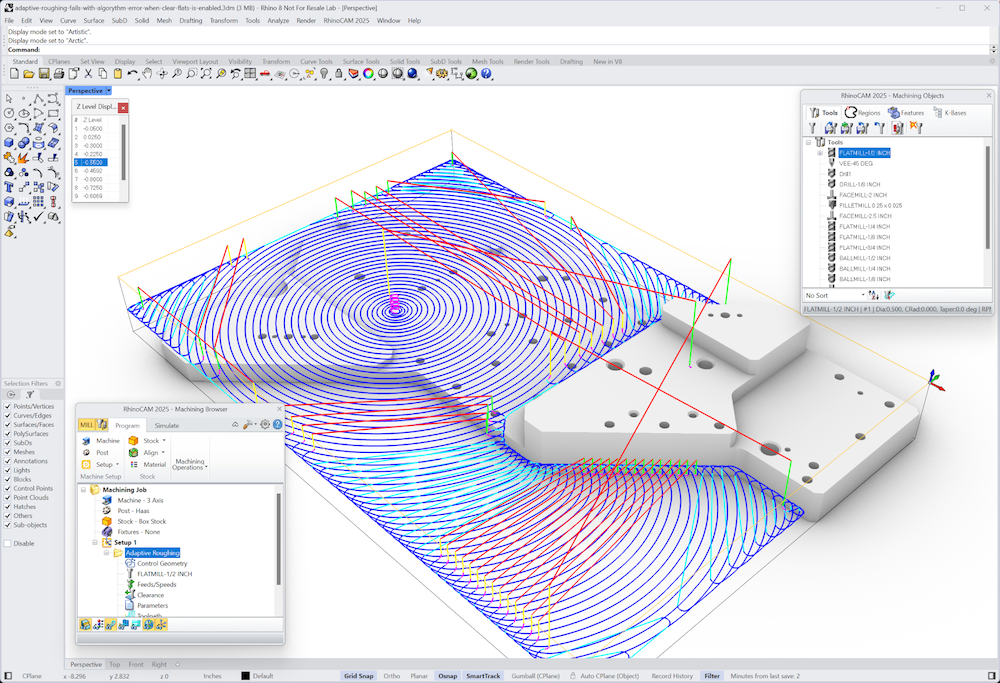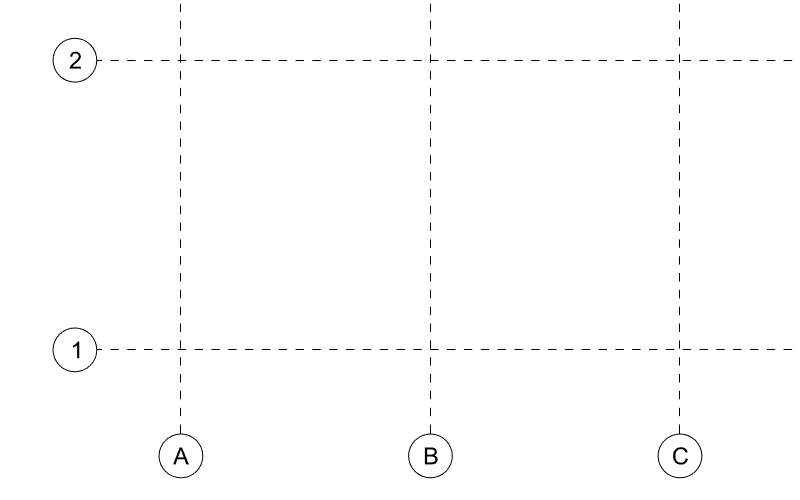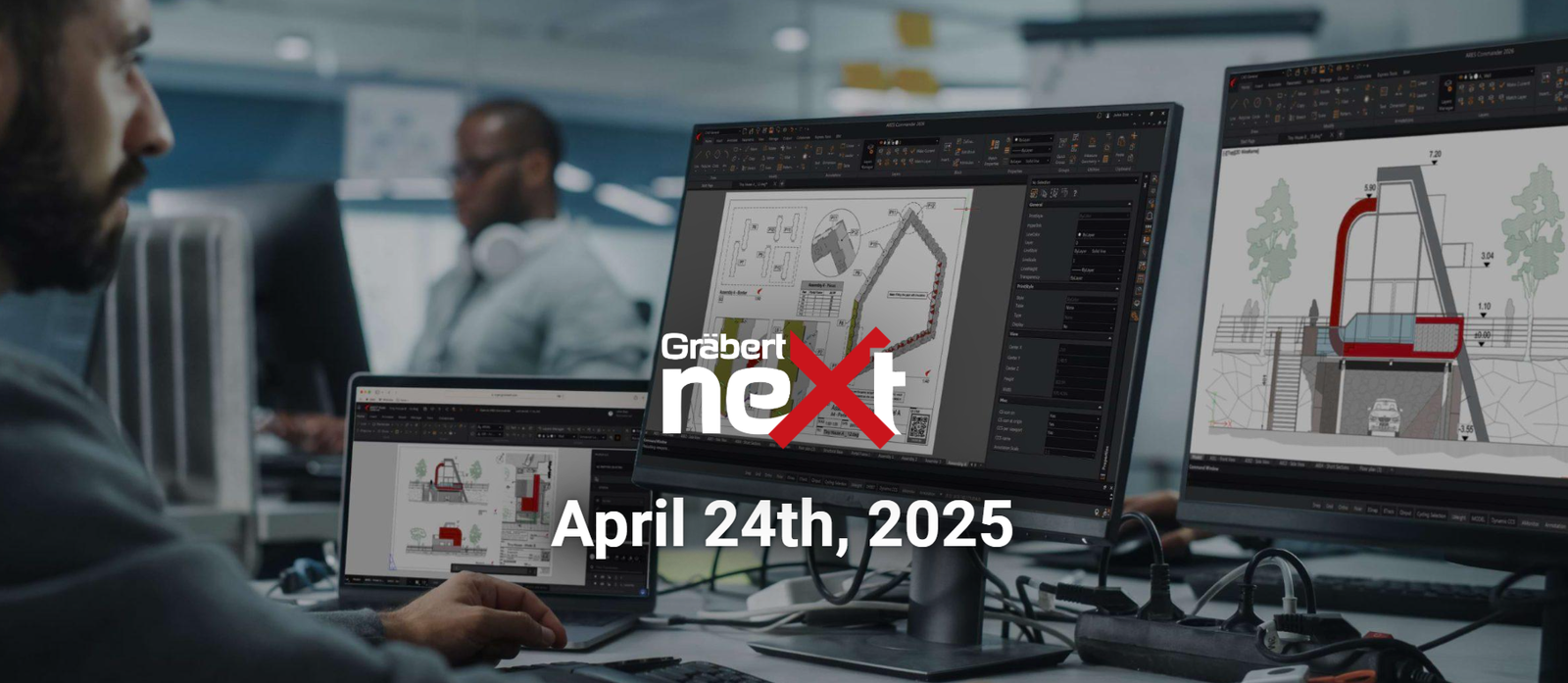Your Cart is Empty
Customer Testimonials
-
"Great customer service. The folks at Novedge were super helpful in navigating a somewhat complicated order including software upgrades and serial numbers in various stages of inactivity. They were friendly and helpful throughout the process.."
Ruben Ruckmark
"Quick & very helpful. We have been using Novedge for years and are very happy with their quick service when we need to make a purchase and excellent support resolving any issues."
Will Woodson
"Scott is the best. He reminds me about subscriptions dates, guides me in the correct direction for updates. He always responds promptly to me. He is literally the reason I continue to work with Novedge and will do so in the future."
Edward Mchugh
"Calvin Lok is “the man”. After my purchase of Sketchup 2021, he called me and provided step-by-step instructions to ease me through difficulties I was having with the setup of my new software."
Mike Borzage
Nagami, the New Objects of Design are Machine Made.
May 25, 2018 6 min read
Tell us a little bit about Nagami and what you do.
Manuel Jiménez García: Nagamiis a Design brand and robotic manufacturing start-up based in Avila, Spain.Our main focus is to explore the future of Product Design in a new technological era. The company was created in 2016 mainly for the development of VoxelChair v1.0 in collaboration with Gilles Retsin and myself, as directors of UCL Design Computation Lab. The project was commissioned by the Centre Pompidou for the exhibition “Imprimer le Monde”, which took place in Paris in March 2017, and it recently became part of the museum’s permanent collection. The company’s short-term goal was to develop a more robust and efficient robotic extrusion method. In the long term, Nagami would start to use this method to build their own 3dprinted furniture and medium-scale Architectural products.
What kind of talented professionals work in your team?
Manuel Jiménez García: Nagami is rooted in Architecture. The firm's three main partners are trained Architects, and so are most of our collaborators. I studied in Madrid, at a time when digital tools started to become relevant in the profession. However, our access to those tools in Spain was quite limited, which made me decide to move to London to get specialized in Digital Design. My main focus in the company is Design, as well as creating software for the generation of new products and architectural systems, which aim to respond to the new age of automation. Miki (Jiménez García) and Ignacio (Viguera Ochoa) have always been talented Designers, but on top of that have an ability to deal with mechanisms that I certainly do not possess. Their deep understanding of machines makes them the ideal leaders for our fabrication processes. We also collaborate very closely with Vicente Soler, who created “robots”, a Grasshopper plugin that allows the translation of digitally designed objects, into instructions that a robot can read and execute. Vicente is an incredibly talented Architect and programmer, and he is certainly the bridge between our roles. Robotica
 by Ross Lovegrove.
by Ross Lovegrove.
You create some groundbreaking products, can you share some of your work with us?
Manuel Jiménez García: Estrat Chair, Nital Vase, and Nobu Chair are the first furniture pieces produced by the company at the completion of the Pompidou exhibition. Nagami also participated in projects collaborating with other companies, such as Canaria, with a project supported by Nasa Extreme Tech Challenge. For the official launch of the brand, we decided to create a set of limited edition chairs and stools in collaboration with internationally renowned Designers and Architects, such as Ross Lovegrove, Zaha Hadid Architects, and Daniel Widrig. These products aim to explore new ways of creating furniture and environments, which push the limits of imagination to unseen territories, pushing the boundaries of what current technology allows to materialize. Robotica  by Ross Lovegrove for Nagami takes form at the convergence of two fields – botany and robotics – within artificial manufacturing. The high stool has 360 formal access by design. The aesthetic being non directional places the object in a new conceptual space, where its function is not immediately intelligible. But there is in fact no compromise in its function which, despite its ambiguity, can perform as a table ( perfect when taking food out of the oven as the silicon inserts are heath proof) or as a plinth for a sculpture, a TV or anything else in need of placement or display.
by Ross Lovegrove for Nagami takes form at the convergence of two fields – botany and robotics – within artificial manufacturing. The high stool has 360 formal access by design. The aesthetic being non directional places the object in a new conceptual space, where its function is not immediately intelligible. But there is in fact no compromise in its function which, despite its ambiguity, can perform as a table ( perfect when taking food out of the oven as the silicon inserts are heath proof) or as a plinth for a sculpture, a TV or anything else in need of placement or display.
Robotica TM by RossLovegrove for Nagami from Nagami Design on Vimeo.
Bow and Rise by Zaha Hadid Architects for Nagami are the latest results of the extensive, ongoing research that ZHA is conducting within the domains of 3D printing and material experimentation. These chairs combine pristine design informed by structural optimization processes typically found in nature, with innovative materials and the most advanced fabrication methods. The pattern and the color gradient of both pieces concur in redefining the traditional spatial relationship between furniture and its setting. Bow and Rise have been printed with a pellet-extruder employing raw plastic particles rather than a filament. The chosen plastic is PLA, a nontoxic, biodegradable material from renewable sources such as corn-starch, which ensure lightness and stability. Nagami Bow and Rise by Zaha Hadid Architects.
Bow by Zaha Hadid Architects for Nagami from Nagami Design on Vimeo.
Peeler by Daniel Widrigfor Nagami has been conceived to overcome the limits of additive manufacturing, so far serving small niche markets. Winking at mass production, it is 3D printed in single 7mm thick shells of PLA by an industrial robot in just a few hours, consuming an absolute small amount of machine time with minimum waste of material. The chair has been designed to satisfy both the ergonomic constraints of the human body as well as the ergonomics of the robotic arm that prints it. Consisting of three undulating skinlike surfaces, Peeler emerges out of a convergence of human and machine requirements.Peeler by Daniel Widrig for Nagami.
How do you feel about research and innovation?
Manuel Jiménez García: Research and innovation are at the core of the company, and they are in fact where we spend most of our energy and time. We craft every detail carefully, from the early conception of a product to the software that allows it to come to life. Every project adds new knowledge to our research in Computational Design and Robotic Fabrication, and this gets further deployed and perfected in other projects. Nagami aims to materialize objects that were impossible to fabricate before, and that requires a lot of time and effort spent in developing new methods, these add on to our research, which evolves constantly as we face new challenges with every product.
What software do you use?
Manuel Jiménez García: We develop specific pieces of software for every product, mainly using Java, processing, and C#. There is some external software that we introduce in our workflow as well, such as Rhino and Grasshopper, and especially the Grasshopper plugin “robots”, developed by Vicente Soler. He has, in fact, created a version of the plugin specifically for Nagami.
Are there new technologies and software tools that really excite you?
Manuel Jiménez García: We are tech-lovers, and always curious about how new technologies could transform the way we design and manufacture. Our predilection towards 3dprinting is quite evident. However, we are also passionate about other manufacturing and visualization techniques, such as robotic assembly and augmented reality. The new age of AI will undoubtedly revolutionize our field, we are already integrating machine learning models in our workflows, and we can’t wait to see what new products and typologies will emerge from it.
What kind of materials are you experimenting with lately?
Manuel Jiménez García: Until now we have focused on PLA extrusion. PLA is a biodegradable material, much more eco-friendly than most plastics. However, we are also experimenting with other types of plastics, such as ABS or TPE. We are working on a new line of products using recycled and semi-flexible plastics, this will introduce new features, which in combination with the ones that already became part of the brand’s identity – such as the colour gradients and the variable extrusion thickness – will help us progress towards the discovery of new territories in Design and Architecture.
What is the strangest request you have ever had from a client?
Manuel Jiménez García: We were asked once to 3dprint an airplane, of course, we mentioned that it would be slightly out of our scope at this stage. But it was interesting to imagine an aircraft with extrusion lines framing its entire body, and with a transparency gradient that would almost eliminate the necessity of windows.
What would you like to Design and you didn't get a chance yet?
Manuel Jiménez García: We would love to design a fully 3dprinted electric car, this would be a good challenge to take. We would also like to introduce our brand to the world of 3dprinted Architecture, not only printing walls or architectural elements, but rather introducing new ideas about how to automate services and other architectural requirements, aiming to achieve a fully automated construction method.
What does it take to be successful it in your field?
Manuel Jiménez García: I will tell you when we manage to be  We are just getting started, I think we are choosing the right path, but there is a long way ahead of us in which we will hopefully learn those secrets to be successful. For the moment I would just say: hard work, perseverance, willingness to take risks, being passionate about what you do, a lot of coffee for all those difficult nights, and people who support you and help you go through the hardest moments.
We are just getting started, I think we are choosing the right path, but there is a long way ahead of us in which we will hopefully learn those secrets to be successful. For the moment I would just say: hard work, perseverance, willingness to take risks, being passionate about what you do, a lot of coffee for all those difficult nights, and people who support you and help you go through the hardest moments.
To find out more about Nagami check out their website and follow them on Facebook, Instagram or Twitter.
To get the best software solutions for your Designs , visit Novedge.
Related articles
Also in NOVEDGE Blog

MecSoft Unveils RhinoCAM 2025 and VisualCAD/CAM 2025 with Enhanced Features
March 08, 2025 5 min read
Read More
Maximize Your Architectural Workflow with VisualARQ 3's New Guides Feature
January 30, 2025 5 min read
Read MoreSubscribe
Sign up to get the latest on sales, new releases and more …



